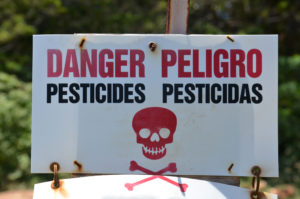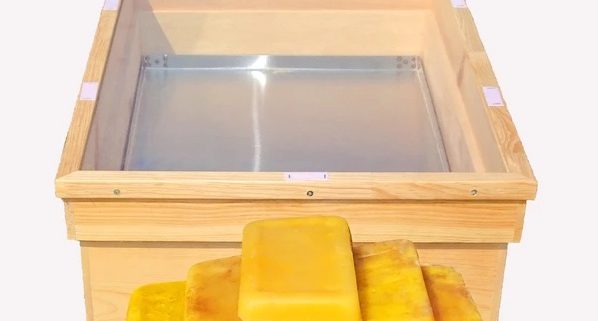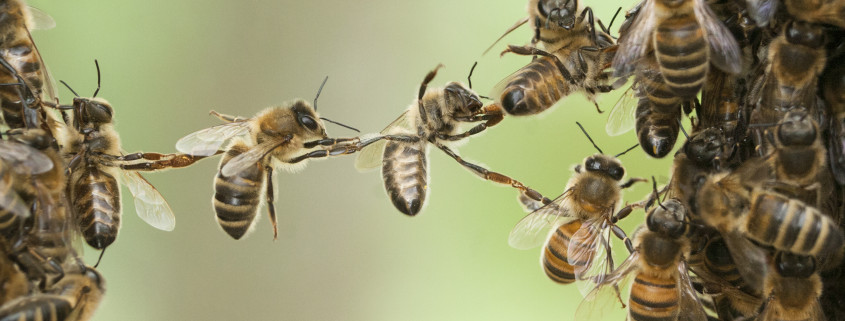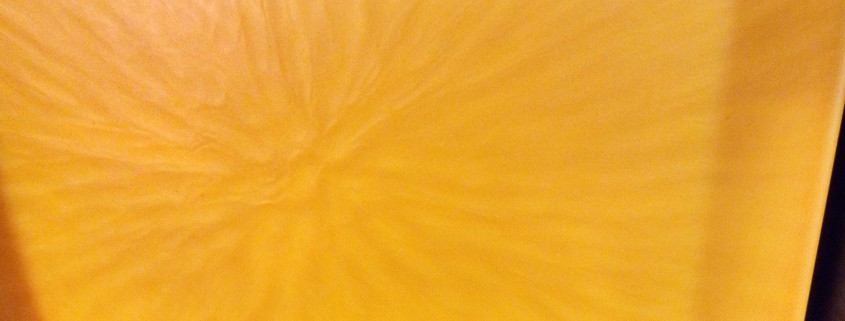Beeswax Candles
One of the fringe benefits of beekeeping is that, as a beekeeper, you have the means of creating your own beeswax candles. Candle making is an especially enjoyable hobby for the winter months. There are a variety of candle types that can be made from different molds, from votive candles to tealights and pillar candles. As with any process, however, there are some quirks when using beeswax to make your own candles.
While it is possible to use raw beeswax straight from the hive, beeswax generally requires filtration before being used for candle making. If you are using your own wax, it will likely need to be cleaned, filtered and purified first. This means that the wax will need to be melted, then run through a strainer. Some small-scale beekeepers utilize a solar wax melter, in combination with various filtering techniques to clean their beeswax.
The easiest and fastest way to obtain filtered beeswax for candle making, of course, is to purchase beeswax that’s already been processed, which can come in a whole block to be grated, or pellets that are ready to melt. Because beeswax is slow to burn, you need a strong, thick wick that can stand the test of time. There are many nuances to candle making with beeswax, as there’s a balance to find between the type of beeswax, size of your jar or container, and the type of wick – but as with any hobby, practice makes perfect.
The payoff, however, is the final product – a genuine beeswax candle!
Lighting a beeswax candle doesn’t just provide a calming ambiance; it actually helps to pull toxins like dust, pollen, and odor from the air. When beeswax is burned it produces negative ions, which attach to positive ions like indoor toxins. Many people who have asthma or allergies can benefit from lighting beeswax candles, as they help eliminate allergens like dust and dander, creating a cleaner atmosphere in any home or office space.
The benefits of beeswax have been recognized for millennia, with prescriptions including beeswax found dated as far back as 1550 B.C. Beeswax candles were widely used throughout history as well, in Greece, Egypt, China, and Rome – where the Roman Catholic Church required the use of only 100% beeswax candles. In fact, many large churches kept their own apiaries in the monastery to supply their large demand for beeswax candles.
Beeswax candles have continued to grow in popularity as the advantages and benefits become more well known. For instance, it’s been found that other types of wax candles, such as paraffin, can contain carcinogens like benzene or toluene. Beeswax, however, is a pure substance that’s 100% eco-friendly and safe. Beeswax candles burn clean, are soot-free, and burn longer overall when compared to other types of candles.







